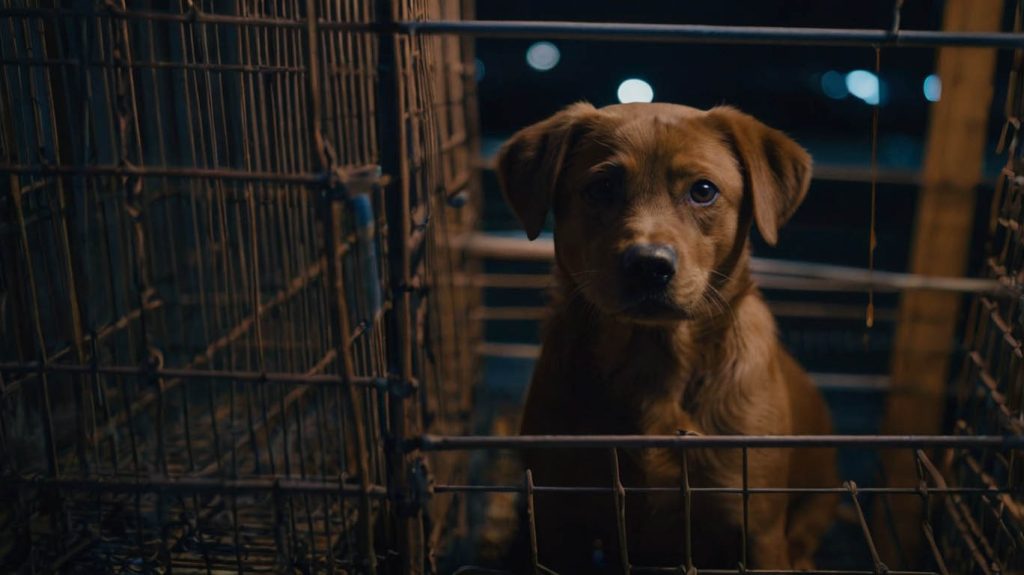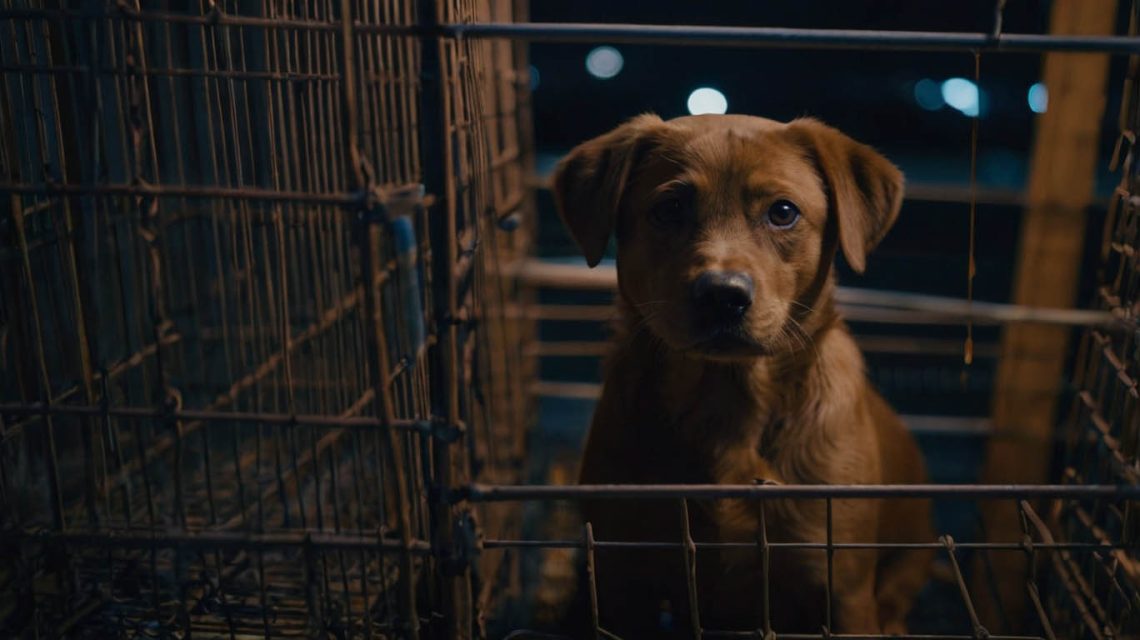Bringing home a puppy is heartwarming—until nightfall hits. As you tuck your little furball into their crate, you’re met with whining, restlessness, and a surprising amount of guilt. But don’t panic—every new puppy parent faces this hurdle. With the right tips for night time crate training, your pup will soon sleep peacefully, and so will you.
This in-depth article explores practical strategies, common mistakes to avoid, and real-life examples that make crate training easier and more effective. Whether you’re on your first puppy or just need a refresher, this guide will transform your nighttime routine.
Why Crate Training at Night Is Essential
Crate training is more than just teaching a dog to sleep in a box. At night, it builds essential habits and security.
Night-time crate training helps:
- Develop bladder control
- Create a consistent bedtime routine
- Prevent nighttime mischief and chewing
- Encourage independence
- Reduce anxiety in new environments
These tips for night time crate training aren’t just about getting sleep—they’re about creating structure and comfort.

Meet Luna: From Whining to Sleeping Through the Night
Luna, a 10-week-old mini Goldendoodle, had no problem playing during the day. But at night, the crate felt like punishment. Her owners, Amanda and Rob, tried comforting her, but the crying lasted for hours.
Then they made a few changes: a consistent bedtime routine, placing the crate beside the bed, and a soft T-shirt with Amanda’s scent. By night four, Luna slept for five hours straight—and by week two, she made it through the night.
Luna’s story shows that with the right tips for night time crate training, transformation happens quicker than most expect.
Tips for Night Time Crate Training: What Works Best
Let’s break down actionable, stress-free steps that work for both puppies and you.
Start With a Comfortable Crate Setup
Before you even place your puppy in the crate, make sure it’s inviting.
Tips for setup:
- Choose a crate just big enough for your puppy to stand and turn
- Add soft but safe bedding
- Include a chew toy or puppy-safe stuffed animal
- Drape a light blanket over the crate to mimic a den
- Place the crate near your bed to help your puppy feel secure
This comforting space supports all other tips for night time crate training to follow.
Create a Bedtime Routine for Structure
Dogs thrive on routine. Creating a predictable schedule is one of the most effective tips for night time crate training.
Suggested routine:
- 30 minutes of light play or a walk before bed
- Final potty break just before crating
- Use calming cues like “crate time” or “bedtime”
- Gentle petting or brushing before lights out
Repeating this nightly sends a strong signal to your pup: it’s time to rest.
Use Positive Association Throughout the Day
Don’t only introduce the crate at bedtime. Build positive connections during the day.
Try this:
- Feed meals inside the crate
- Place toys or treats in the crate for casual exploration
- Let your puppy nap in the crate with the door open
The goal is to make the crate feel like a safe, happy space—making your tips for night time crate training much more successful.

Managing Crying and Whining: Do’s and Don’ts
It’s tempting to rush in when your puppy cries—but timing and consistency are key.
Do:
- Wait 10–15 seconds before responding
- Use a calm voice from a distance
- If needed, take your puppy out for a quick, quiet potty break
Don’t:
- Immediately open the crate each time your pup cries
- Turn night outings into playtime
- Let your puppy into your bed (unless that’s the long-term plan)
These boundaries are core to effective tips for night time crate training and prevent reinforcing whining.
Add Calming Aids to Your Night Routine
Sometimes a little extra support helps.
Consider:
- White noise machines to block household noise
- Adaptil diffusers or sprays with calming pheromones
- Heartbeat toys to mimic littermate comfort
- Worn clothing with your scent
Used correctly, these tools complement your tips for night time crate training by easing the transition.
Night vs. Day Crate Training: Know the Difference
While daytime training focuses on short, active sessions, nighttime is about calm and stillness.
| Training Aspect | Daytime | Nighttime |
|---|---|---|
| Activity level | High energy, multiple sessions | Low energy, one long stretch |
| Supervision | Constant | Limited (you’re sleeping) |
| Goal | Obedience, calmness | Sleep, comfort, bladder control |
| Response to crying | Immediate correction | Delayed, measured reassurance |
Adjusting your strategy to fit each time of day is key to applying effective tips for night time crate training.
Set Realistic Expectations for Progress
Every puppy learns at a different pace. Generally, here’s what to expect:
- Night 1–2: Whining and restlessness are common
- Night 3–5: Longer sleep stretches, fewer wakeups
- Week 2–3: Sleeping 6–7 hours with 1 potty break
- Week 4+: Many pups sleep through the night
Consistency is crucial. Stick to your tips for night time crate training, and improvement will follow.
Common Mistakes to Avoid
Even with the best intentions, a few missteps can delay progress.
- Skipping daytime crate training
- Letting your puppy sleep in your bed too early
- Ignoring pre-bedtime potty breaks
- Changing bedtime routines too often
- Reacting emotionally to crate protests
Correcting these improves the effectiveness of your tips for night time crate training dramatically.
FAQs
How long can my puppy hold it at night?
Typically, puppies can hold their bladder for one hour per month of age. A 2-month-old might need potty breaks every 3–4 hours.
Should I leave food or water in the crate overnight?
No. Remove both about an hour before bed to prevent accidents.
What if my puppy still cries after several nights?
Re-evaluate your routine, check for anxiety, and ensure the crate is close enough to offer comfort.
Can I use crate training for older dogs at night?
Yes! The same tips apply. Older dogs may adjust faster, especially if they’re already crate-trained.
Should I punish my dog for whining at night?
Never. Use calm correction and structure instead. Punishment increases fear and worsens anxiety.
Conclusion: Nighttime Success Starts with Strategy
Crate training at night doesn’t have to mean restless hours and second-guessing your choices. By using proven tips for night time crate training, you’ll create a peaceful bedtime routine that fosters security, obedience, and restful sleep.
Start tonight: set up a cozy crate, stay calm through the whining, and stick to your routine. In a few short nights, your puppy will learn that bedtime isn’t scary—it’s safe.


